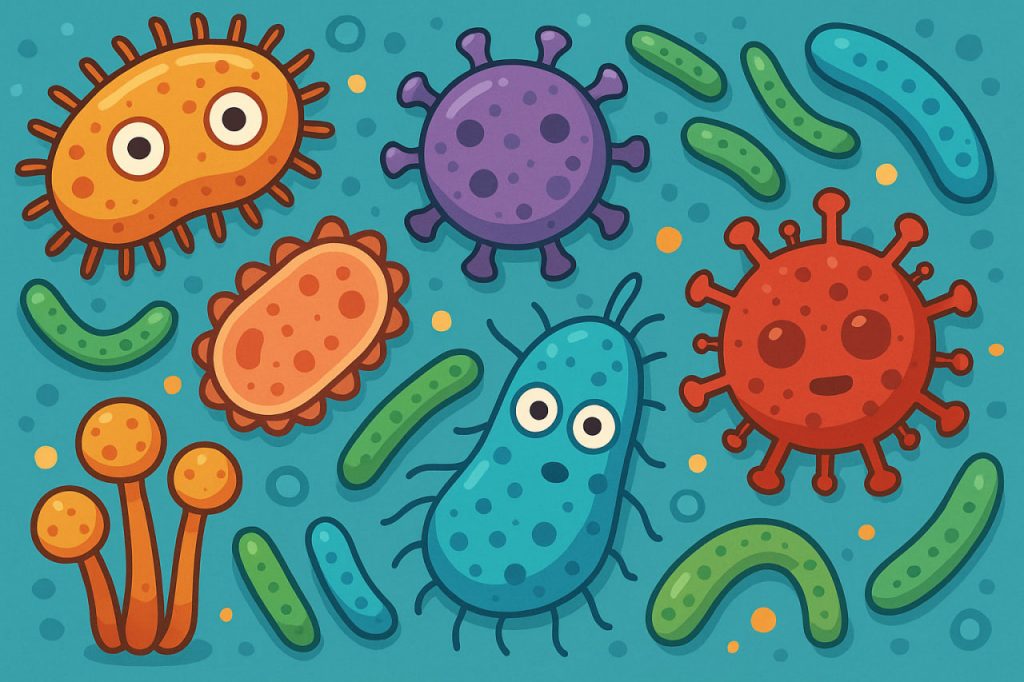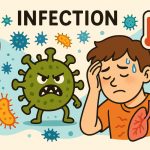Microbes are microscopic organisms that are too small to be seen with the naked eye. They include bacteria, viruses, fungi, protozoa, and some algae. Despite their size, microbes play a central role in the functioning of Earth’s ecosystems, human health, and even technological development.
Types of Microbes
- Bacteria – Single-celled organisms found everywhere, from soil to the human gut. They can be beneficial (helping with digestion) or harmful (causing infections).
- Viruses – Tiny particles that need a host cell to reproduce. Some cause diseases, while others are being used in medical therapies.
- Fungi – Includes yeasts and molds, important for decomposition and food production (e.g., bread, beer).
- Protozoa – Single-celled eukaryotes, some of which cause diseases like malaria.
- Microalgae – Photosynthetic microbes that produce oxygen and form the base of aquatic food chains.
Where Do Microbes Live?
Microbes are found in soil, water, air, extreme environments like hot springs and deep-sea vents, and inside living organisms. The human body alone hosts trillions of microbes, especially in the digestive system, forming the microbiome.
The Role of Microbes in Nature
- Nutrient cycling – microbes break down dead matter, returning nutrients to ecosystems.
- Oxygen production – microalgae and cyanobacteria produce a significant portion of Earth’s oxygen.
- Symbiosis – microbes help plants absorb nutrients and protect them from disease.
Microbes and Human Health
- Helpful microbes: gut bacteria support digestion, immunity, and vitamin production.
- Harmful microbes: pathogens cause illnesses like tuberculosis, influenza, or food poisoning.
- Medical use: microbes are harnessed in antibiotics, vaccines, and even gene therapy.
Microbes in Technology
Microbes are essential in industries such as:
- Food production – cheese, yogurt, beer, wine.
- Biotechnology – producing insulin, enzymes, and biofuels.
- Environmental cleanup – some bacteria can break down oil spills or plastic.
Conclusion
Microbes are the unseen engines of life. While some can be harmful, the vast majority are essential for ecosystems, human health, and technological progress. Understanding microbes helps us both protect against diseases and harness their power for innovation.
Glossary
- Microbiome – the community of microbes living in and on the human body.
- Pathogen – a microorganism that causes disease.
- Symbiosis – a close relationship between two species that benefits at least one of them.
- Biotechnology – the use of living organisms to create useful products.
- Cyanobacteria – photosynthetic bacteria that produce oxygen.


